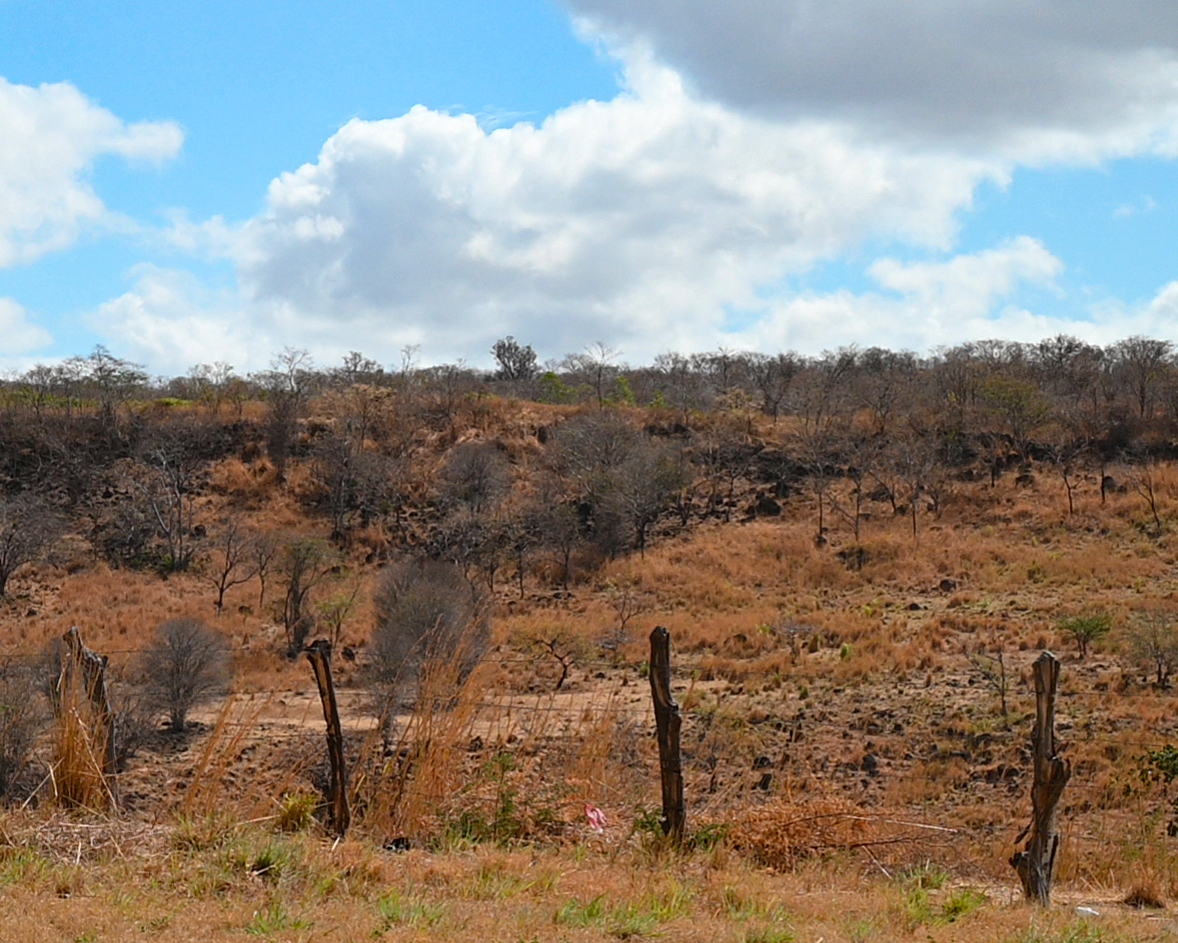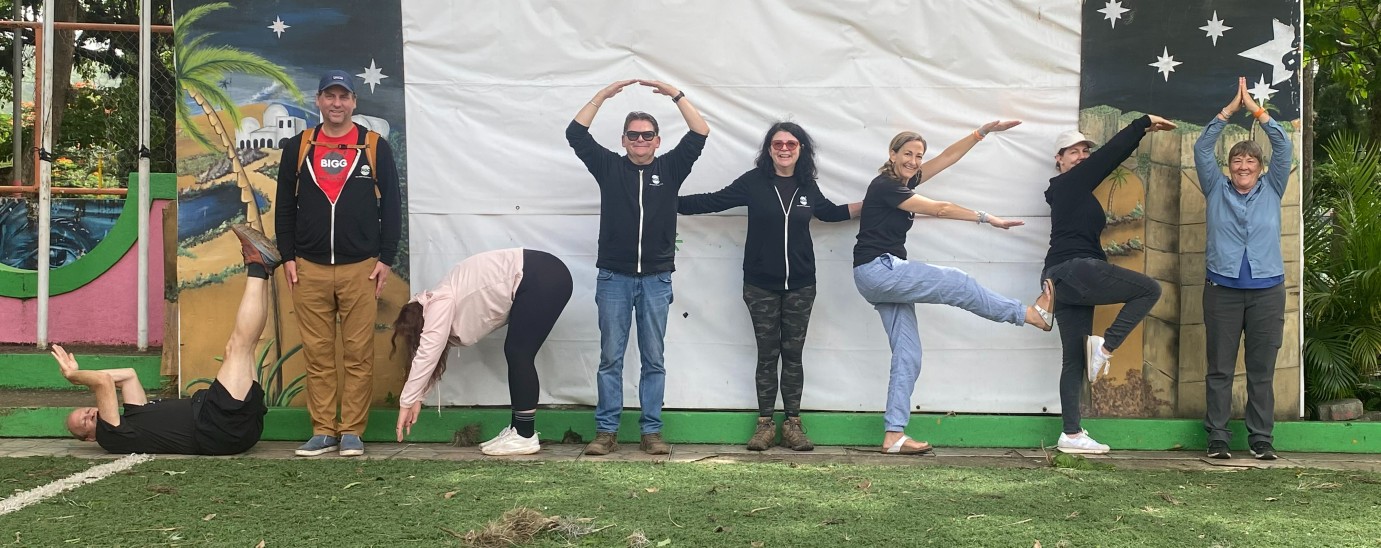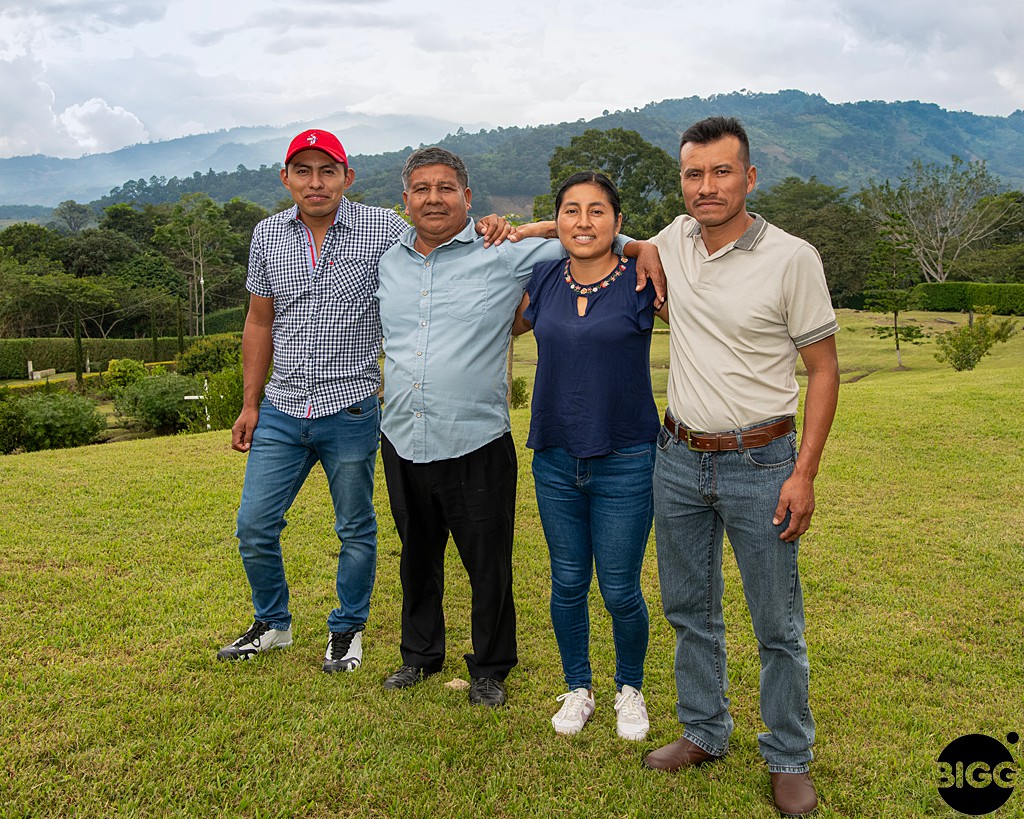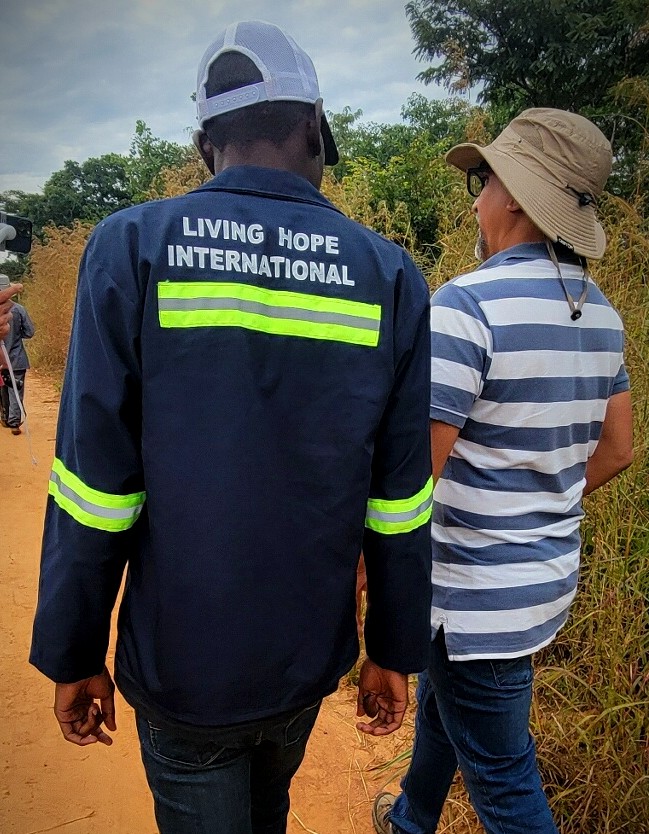By Bob Fish
Climate Change and the Commodities Marketplace are the two largest threats to the future supply of coffee. Through our travels to distant coffee producing regions, Michelle and I have experienced first hand the impact of both on coffee producers and their farm lands. For too many producers, the road we are all on leads to abandoned property, loss of income, loss of independence, and devastating poverty.
We’ve talked a lot about the Commodities Marketplace and the corrosive impact of the C-Contract on farmers. For this conversation I want to focus on Climate Change. Speficially, I want to tell you about how one of our Farm-Direct partnerships, the El Recreo Coffee Estate in Jinotega, Nicaragua is fighting the impact of climate change.
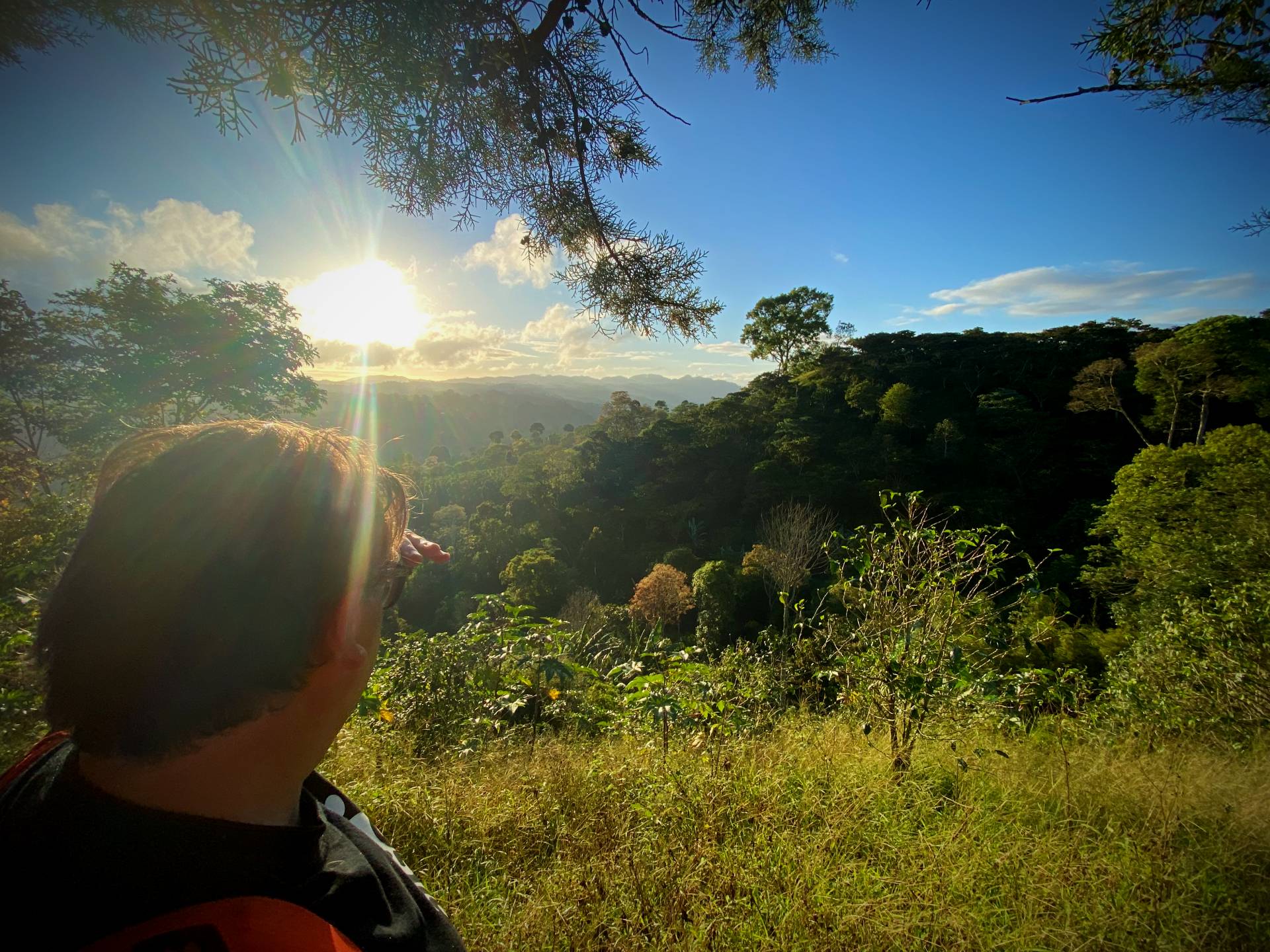
Wetter & Drier
First, it is important to understand that one of the things that happens when the planet gets warmer is that wet areas become wetter, and dry areas drier. No place has been a greater visual representation of that for us than our experience in Nicaragua.
We have seen with our own eyes the dry valleys that lead us out of Managua on the Pan American Highway on our four hour journey to the Farm. Even in the few years that we have been going, the hills and grasslands that used to be green now have a perpetual color of straw. Lakes and reservoirs have shrunk, and in some cases, simply no longer exist.
This valley area has always been dryer than where the coffee grows in the mountains, but it is as if someone took a color photograph, and using their color edit button, turned it to sepia. This is a case of dry land, becoming drier.
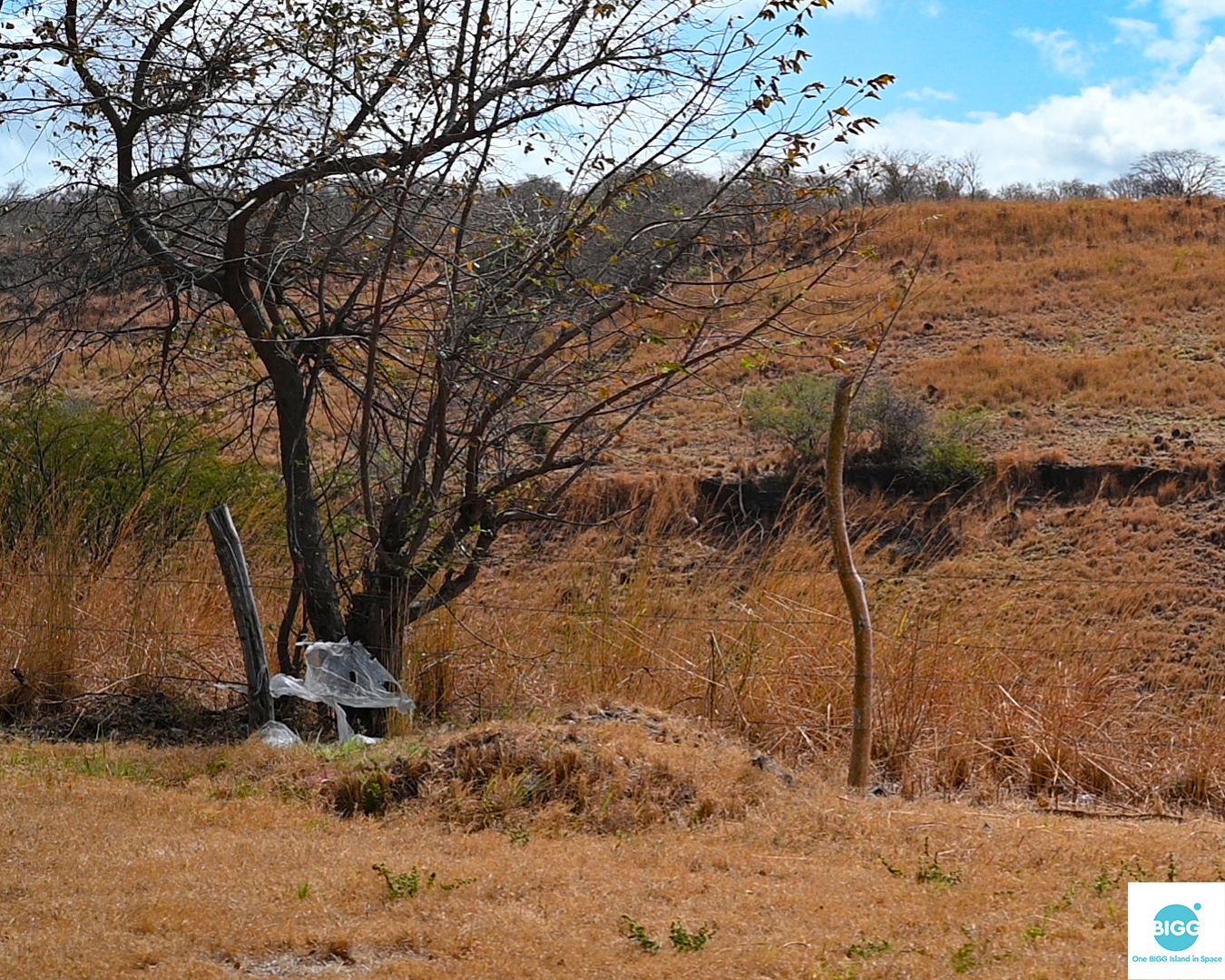
Severe Weather
On the other hand, at the coffee farm and in the mountains the rainfall has become more frequent, with more volume, and often more severe. Last year alone, the farm endured two back-to-back hurricanes that had a devastating impact. Many coffee trees were damaged, as were roads and buildings. There was significant soil erosion, and even landslides.
This on a farm that practices advanced soil erosion mitigation techniques and has indigenous trees planted not only for providing shade, but to hold the soil.
But as devastating as these more violent rain events are, the real risk is something called ‘Coffee Rust’ or ‘Roya’ in Spanish.
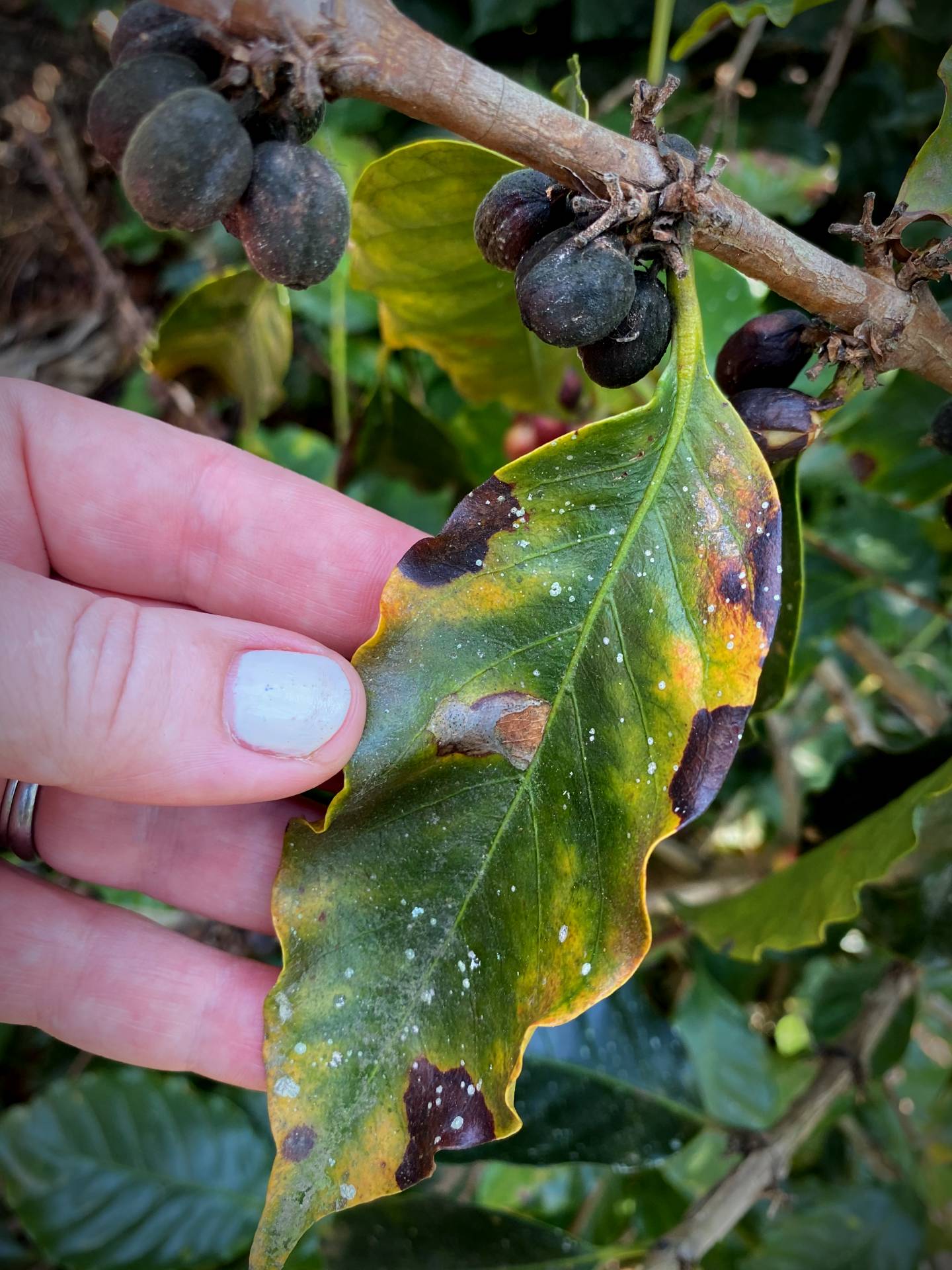
The beginnings of a Roya infestation on a coffee tree in Guatamala.
Roya
Roya is an air born mold that attaches itself to the leaves of a coffee tree and once established will kill the foliage and defoliate it. The outcome is a plant that cannot produce coffee cherries and therefore no coffee. Roya has always existed in coffee fields. But the longer rainy seasons and more total rainfall allows the rust to survive and propagate more easily, destroying more and more of the coffee crop. This is a case of the wet areas becoming wetter.
You Can’t Unsee It
Our war against Climate Change begins with not ignoring what we have seen with our own eyes. We have witnessed abandoned coffee farms in many coffee producing countries, including Nicaragua. We have seen whole regions, like Chiapas, Mexico, go to zero coffee production. And, we have watched the multinational buyers pull out, leaving behind a wake of increased poverty and hopelessness because of Roya and Climate Change.
And the impacts aren’t just “out there.” Our BIGGBY Owner Operator Franchisees use over two million pounds of coffee a year, and their coffee supply is at risk because of Climate Change.
Planet
That is the importance of our focus on ‘Planet’ in our People, Planet, Community mantra when developing Farm-Direct relationships. Something beyond the label marketing of USDA Organic, that takes into consideration a broader range of organic practices. Practical, reasonable, affordable methods that include soil conservation, water conservation, composting, no herbicides, no pesticides, bio-fertilizers, shade, investing in the recreation of indigenous biodiversity, and maintenance of the original soil biome. A coffee tree must be healthy first to have the strength to fight Roya. Following these organic practices gives the coffee plant the right soil sustenance, environment, and infrastructure it needs to put up that fight.
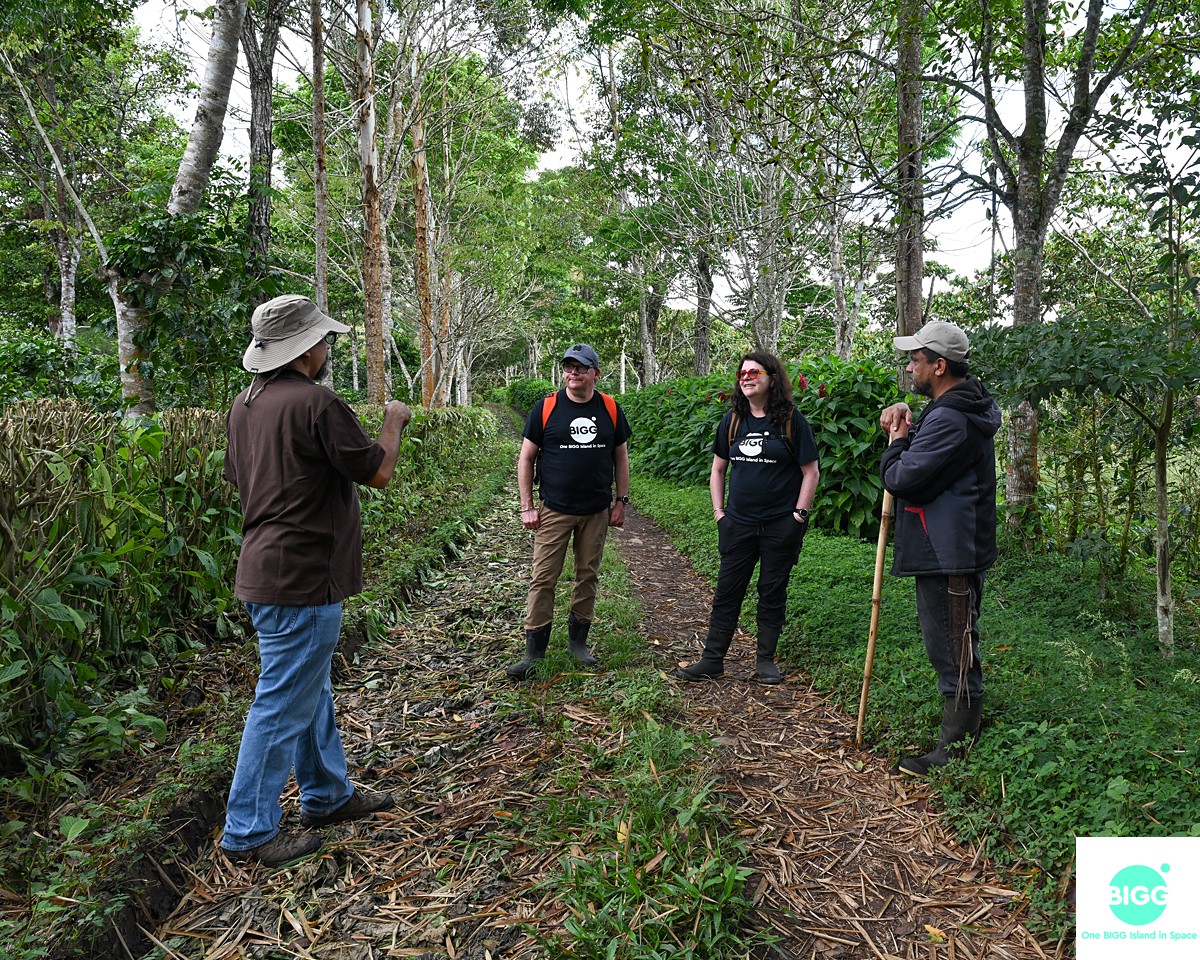
Island Oasis
We can always see this right away as we approach the El Recreo Coffee Estate in Nicaragua. There is a long view of the farm from the main road just before we turn up the Farm Lane. El Recreo always stands out as a lush, green jewel in comparison to its coffee farm neighbors who do not follow the same extensive organic practices.
As we pass though the gates of the farm, the temperature drops a few degrees because of the shade. You can hear water. The air smells fresher, full of negative ions, with a light moist dew that lets you know you have arrived in dense heavy healthy foliage. Birds and insects are more plentiful, and the bird song is everywhere. You know you have entered an island oasis fighting Climate Change.
700,000 by 2025
The El Recreo Coffee Estate is fighting the impact of less coffee being produced by the effects of Roya and Climate Change in other ways too.
Through tissue management, aggressive pruning, and a large-scale seedling production initiative to grow new Roya resistant coffee plants, they are on a path to completely revitalize the plantings throughout the farm.
Their plan is to have 700,000 new or revitalized coffee plants in production by 2025.
To revitalize is to simply ensure that each coffee plant is receiving the proper nutrition topically or through the soil, and of course is receiving the appropriate pruning and maintenance after picking season. Tissue Management is to exercise aggressive pruning on a faltering and underperforming plants. This gives them the opportunity for new life and higher future production.
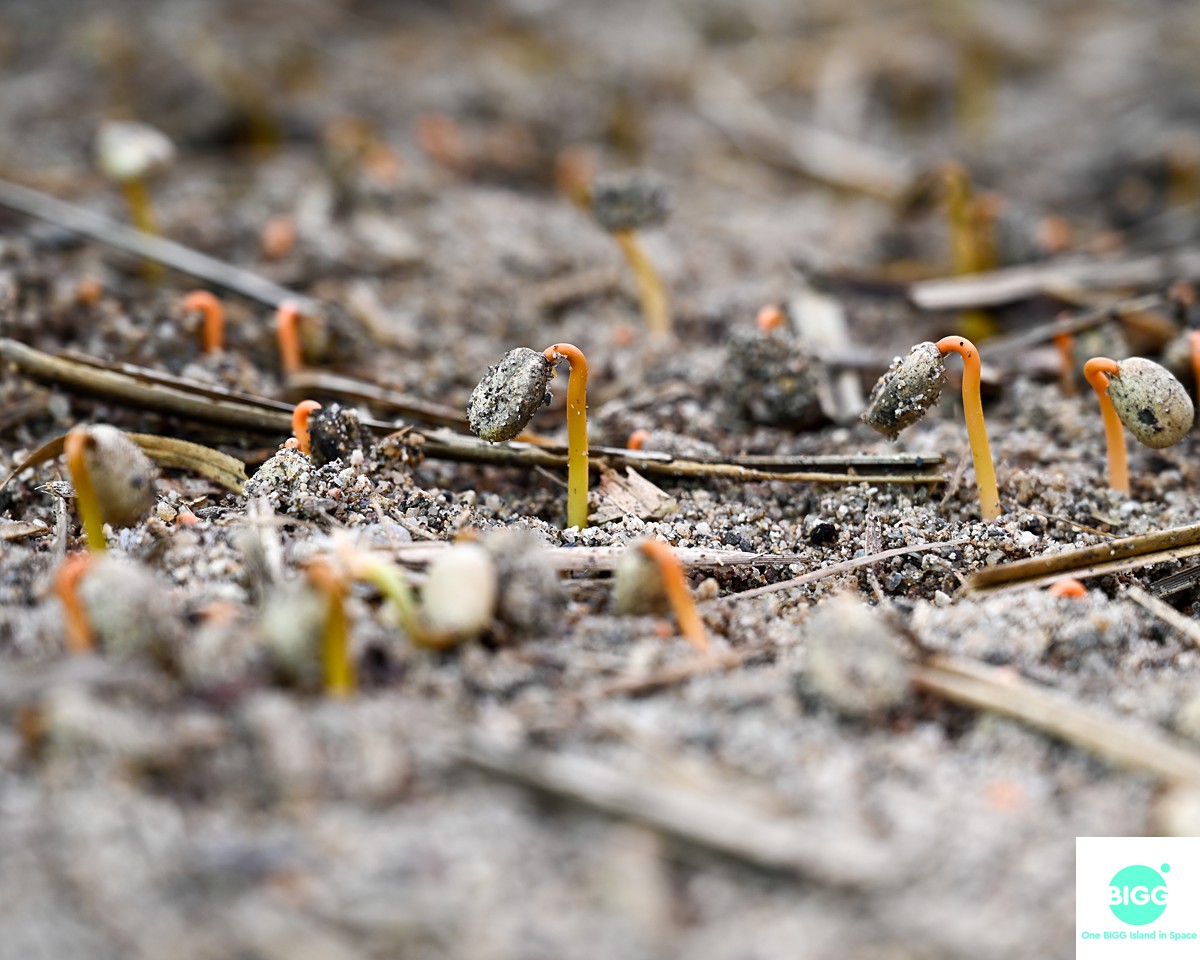
These two methods are about giving older varietals a fighting chance against Roya. Adding new Roya resistant varieties moves the fight away from old varieties that are vulnerable and introducing new coffee plants that have a leg up in terms of their rust resistance.
The plan at the farm is to replace a small percentage of the total plantings every year to maintain consistency in flavor profiles. A nursery of seedlings is required for this kind of effort. These seedlings are primarily used in reborn fields. But they can also replace plants damaged by weather, human mistakes, bad drainage or soil, inappropriate shade, and so on. El Recreo is fully engaged with crop management, with the biggest enemy being Roya, exacerbated by Climate Change.
The Power of Partnership
This very significant investment is made possible because of the marketplace BIGGBY COFFEE provides. Our perpetual relationship creates the confidence for the Farm to make future investments. 700,000 coffee plants can produce a million pounds of green coffee beans per annum on the low side, and well over 1.5 million on the high side.
Winning?
Are we winning this War on Climate Change? On a micro-level I think so, by working with the right people, the right way, for the right reasons. Whether it be small or big, change must begin somewhere. We are choosing to not look the other way. In fact, we are stepping out and leading in hopes that others will see the impact, feel benefit, and follow.
Happy Earth Day from One BIGG Island in Space ?

